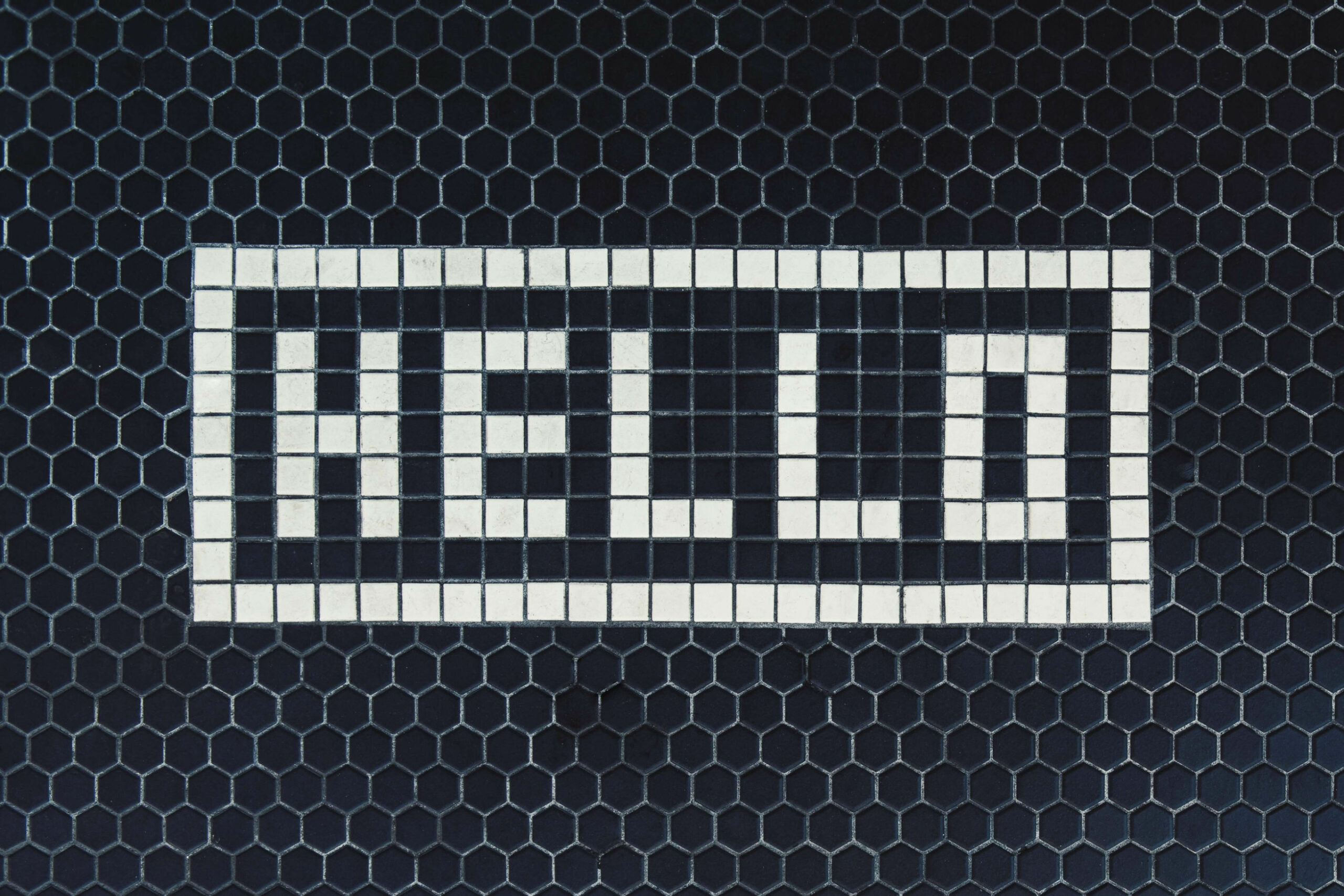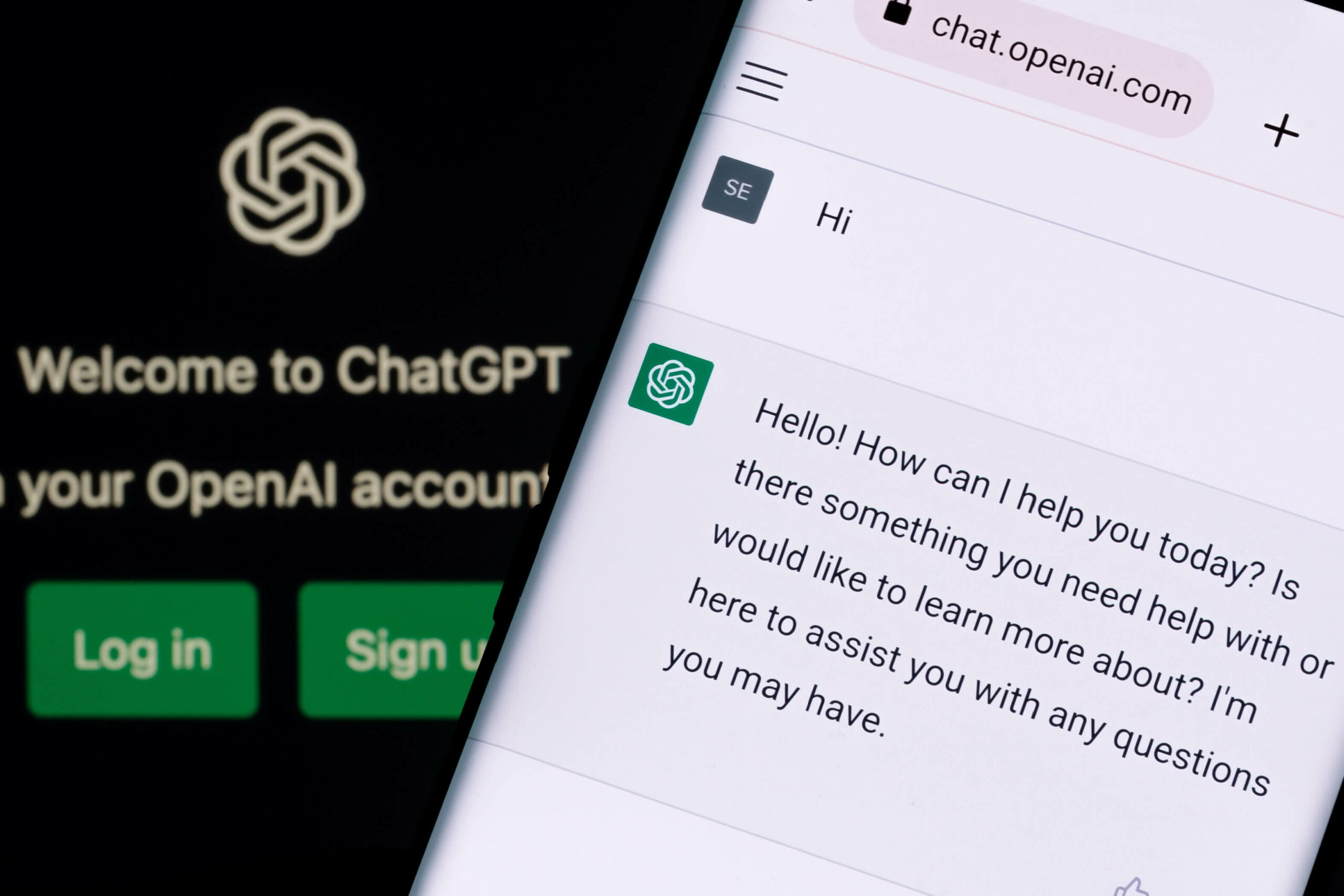While Artificial Intelligence (AI) is not new, generative AI tools, like ChatGPT, have captured the imagination of the world. The buzz around generative AI has been relentless – both for good and bad. Since its launch, ChatGPT surpassed 100 million monthly active users in less than two months. The public relations industry is among those still absorbing its impact. Will it spell the end of PR as we know it? Or will these tools help make our roles and everyday lives more efficient and effective?
Let’s be practical. If PR teams aren’t at least exploring the best ways to incorporate this game-changing technology, are we even in the “AI arms race?”
So, what does ChatGPT mean for the future of PR? As a B2B tech PR firm, the promise of AI makes sense. CC partner and ChatGPT advocate Chris Harihar sees it as a powerful educational tool, albeit one to be used very carefully, and with human oversight. We’ve held training sessions for the entire team on how to write better generative AI prompts for better outcomes.
Boost productivity with the integrity of human involvement
Yet many companies have mixed feelings about ChatGPT and the AI arms race. A Harris survey found that 40% of workers worry that the AI-powered chatbot will replace them; yet 60% are optimistic that generative AI will make them more productive!
ChatGPT is here to stay, and the truth is, it’s probably just the beginning – as Adam Brett echoed in a recent CC blog post about how PR teams can use Chat GPT.
Rather than avoiding or fearing it, let’s take advantage. Adam lists several very practical uses that can save time and boost improve productivity by PR teams. Encouraging PR teams to to view such tools as an assistant rather than a surrogate, he offers advice that goes beyond playing and actually gets work done.
How AI is transforming ad tech and marketing
At Crenshaw Communications, we have a history of successfully supporting a range of ad tech brands – from high-growth startups to larger public companies. And as someone who has been working in this sector for almost five years, I know the sector is constantly evolving – inviting new opportunities and challenges. So it’s no surprise that ChatGPT and other generative AI tools are already making an impact in ad tech.
As a personalizable technology, AI can help advertisers identify ultra-specific niches in order to get the right ads in front of the largest number of desirable people. Cooler Screens (the world’s largest in-store digital media and merchandising platform for retail) is a great example. Their smart screens use information and even entertaining content to inspire shoppers to take action driven by contextual signals like store profile, occasion, geography, seasonality, or time of day. That’s a win-win for both the customer and the marketer.
(If you want to know how AI is enhancing the future of ad tech, Sarah O’Connell recently explored the topic further in her post, “Five Ways AI Is Transforming Ad Tech.”)
ChatGPT: an asset or threat for PR?
Business reactions thus far seem to be divided between those who see it as an existential threat, and those who view it as an opportunity to augment the role of the PR professional. Our agency founder, Dorothy Crenshaw, explains that the latest iteration is smarter and promises much more. Dive into her recently post “For PR, Is ChatGPT An Asset Or Threat?” and make an informed judgment – if you’re still not convinced.
While we’re still figuring it all out, it’s important to note that such tools cannot be a replacement for human communication. Read this piece, “How PR teams can use ChatGPT (generated by ChatGPT)“, compare it with Adam’s post linked above, which speaks to the same topic, and see for yourself!



